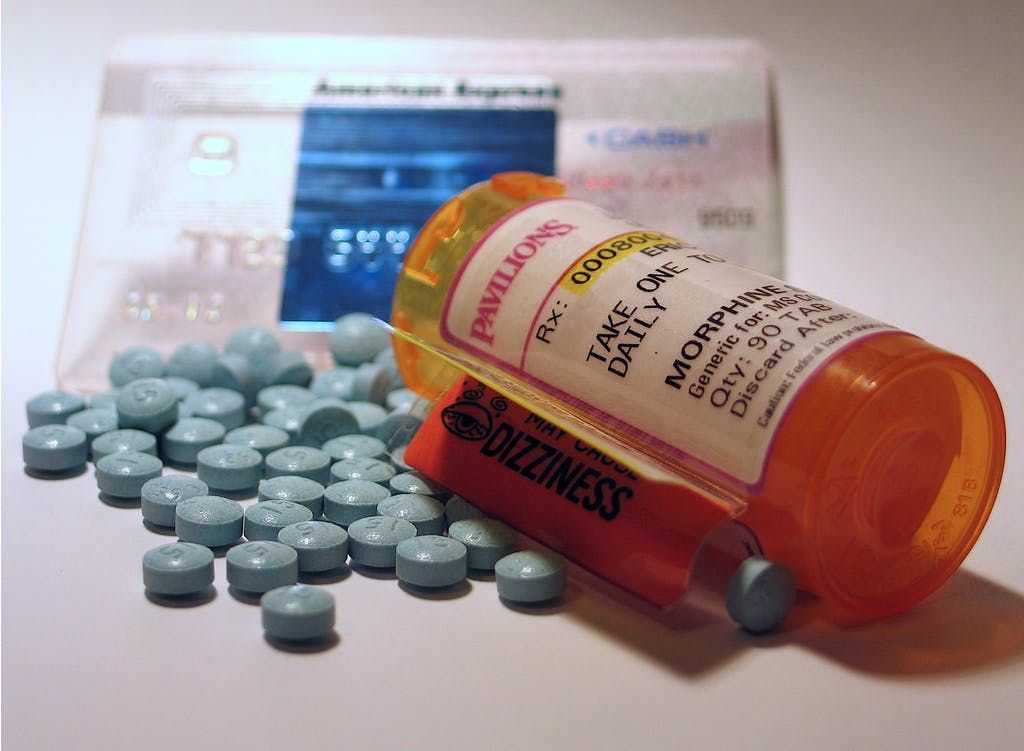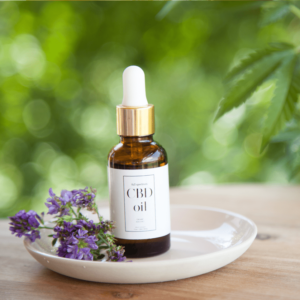The American opioid epidemic accounts for more than 90 overdose deaths per day. In some states, the number of prescription opioid medications dispensed far exceeds the total population. People desperate for opioids often turn to heroin when they can’t get more prescribed to them. Meanwhile, heroin laced with the vastly more powerful fentanyl is responsible for many fatalities associated with opioids.
Responding to pressure from a number of organizations and legislative bodies, President Trump declared the U.S. opioid crisis a national public health emergency, prompting proposals for solutions ranging from increased scrutiny of prescribing physicians to making the opioid antidote naloxone available to everyone.
Even as public attention focuses on the soaring rates of opioid addiction, a potential solution is emerging: cannabis. Many people are turning to marijuana in a variety of forms for pain relief without the side effects and risks associated with powerful opioid medications.
But the movement to make cannabis more widely available is facing stiff opposition from both the government and a pharmaceutical industry committed to promoting—and profiting from—the sale of opioids.
FOLLOW US ON FACEBOOK & INSTAGRAM
How Did Using Opioids Become an American Way of Life?
The American love affair with
opioid medications
can be traced back to the post-Civil War era of the 1860s and 187os. At that time, morphine, opium and the opium-based laudanum were widely used for pain relief by everyone from Civil War veterans coping with what today would be called post-traumatic stress disorder (PTSD), to wealthy, bored society ladies. The problem was so widespread that in 1908, President Teddy Roosevelt appointed the first drug czar, known as the “Opium Commissioner.”
This ushered in an era of increasing regulation of morphine, opium and other opium-based substances, including heroin—a morphine derivative developed in 1899 by the German pharmaceutical giant Bayer. But doctors continued prescribing opioids, encouraged by advertisements and even scientific studies claiming that opioids were not addictive and entirely safe for relieving pain of all kinds.
As HelloMD’s Chief Medical Officer Dr. Perry Solomon
notes, the current opioid epidemic can be traced to the mid- to late-1990s, when the medical community recognized the need to assess and treat pain as a condition all its own. After that, drug companies made it easy—and lucrative—for doctors to prescribe opioid medications that included not only morphine but also synthesized opiates like oxycontin, vicodin and oxycodone.
How Pain Helped Shape the Opioid Crisis
Today’s opioid crisis is also related to another phenomenon—an
epidemic of pain.
Chronic pain affects a growing number of Americans, and this pain is caused by conditions ranging from arthritis to cancer. Data collected by the National Institutes of Health reveal that nearly 25 million American adults experience chronic pain—and almost 40 million experience severe pain, which impacts their health, productivity and quality of life.
Under pressure to provide relief, and encouraged by drug companies, doctors have enthusiastically embraced opioid painkillers—so much so that in the past decade alone, deaths from opioid overdose have outpaced accidental deaths from all other causes in some states. Addiction rates have soared, straining medical and social services and compromising whole communities where multiple generations live their lives on pain-related disability.
The opioid epidemic has also sparked an upswing in heroin addiction and overdose, as people turn to heroin when prescriptions become too expensive or hard to get. And because street heroin is often laced with even more potent synthetics like carfentanil or fentanyl, the potential for overdose and death becomes even greater.
Cannabis: Age-Old Pain Relief Is New Again
In some ways, the progression of cannabis in American
culture
paralleled the evolution of opioids. Just as people in years past turned to opium and its products for relief from pain and other conditions, many cultures embraced cannabis for the same reasons. But in the early years of the 20th century, cannabis, or marijuana, was seen largely as a vice of immigrants from Latin America, while the country worried about the widespread addiction to morphine and opium.
In the 1930s, familiar names in American pharmaceuticals such as Parke-Davis and Eli Lilly sold marijuana extracts as over-the-counter medicine, to be used for purposes including pain relief and sedation. But as opioids gained in popularity, they overtook the emerging medicinal marijuana industry and those products eventually vanished.
By the 1960s, marijuana was on the government’s radar once again, as it became the symbol of a defiant counterculture. In 1970, the Controlled Substances Act was passed. Not long after, President Richard Nixon declared war on drugs, and cannabis landed on the Act’s highly restricted Schedule 1, along with heroin, LSD and other psychoactive substances—all deemed to have no redeeming medical qualities.
In the years since, cannabis has become the subject of intense scientific study as researchers work to validate the claims of cannabis consumers that it can control pain as well as, or better than, opioids.
Marijuana Beats Opioids for Pain Relief
Recent landmark research by HelloMD in partnership with the University of California at Berkeley is part of the current crop of studies demonstrating the effectiveness of cannabis for pain. That study revealed that out of nearly 3,000 respondents surveyed:
- 97% agreed they could decrease their use of opioids by using cannabis.
- 95% preferred cannabis to opioids.
- 81% said that cannabis was more effective for pain relief than their prescription opioids.
As the opioid crisis continues to damage lives and communities throughout the country, cannabis continues to gain legitimacy as an effective pain reliever without the side effects, risks and addictive potential of opioids. But the federal government remains firm in its opposition to easing restrictions on cannabis.
And according to HelloMD’s Dr. Solomon, the pharmaceutical industry remains dedicated to promoting opioid use with a lobbying budget that topped $800 million in the past decade—a figure that dwarfs the spending of the gun lobby.
In years past, medical marijuana was developed for pain control, but it was pushed aside by the popularity of opioids. Now, the tables could be turning. Cannabis could lead the way out of the opioid crisis—but the twin obstacles of federal restrictions and pharmaceutical lobbying remain.
Photo credit: Eric Norris
If you’re new to cannabis and want to learn more, take a look at our Cannabis 101 post. HelloMD can help you get your medical marijuana recommendation; it’s easy, private and 100% online.





